Elevators have become a vital component in modern architecture, effectively ensuring that buildings are accessible to all individuals, regardless of mobility challenges. They facilitate movement between floors and play a crucial role in enhancing the experience for every visitor. Without functional elevators, many buildings risk becoming exclaves for those who cannot navigate stairs easily, limiting their potential clientele and utility. Since elevators link numerous floors, their reliability significantly affects a building’s accessibility.
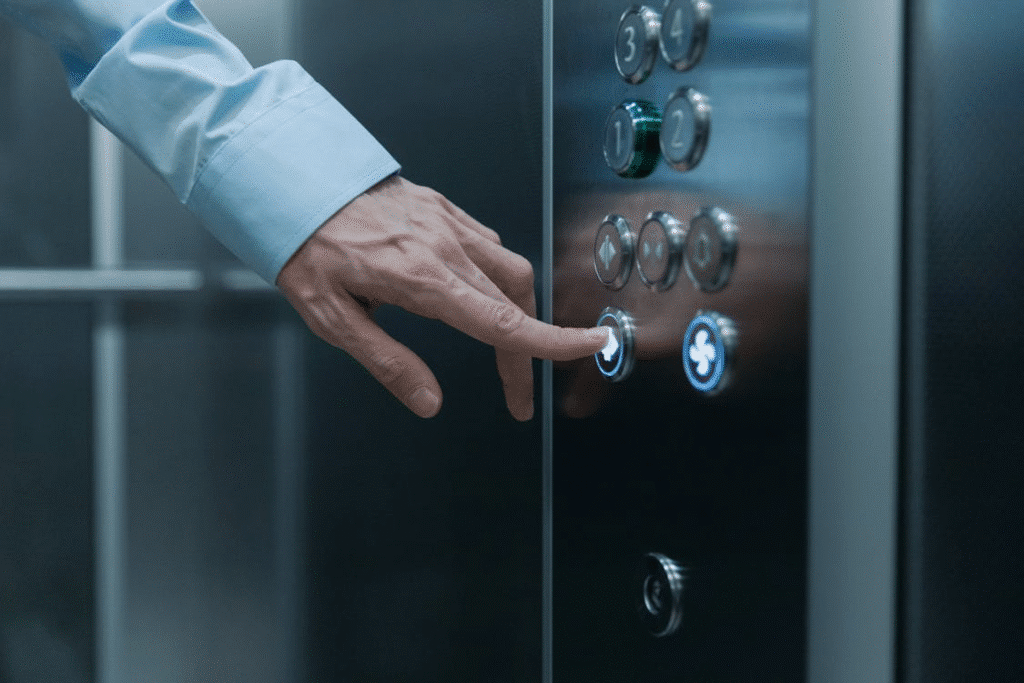
Importance of Accessibility in Urban Design
Accessibility is a foundational aspect of urban design that promotes inclusivity in community spaces. When buildings and public locations accommodate individuals with disabilities, they foster social equity. Urban planners emphasize creating spaces that support movement for all, including people using wheelchairs, crutches, or simply those who have difficulty with stairs. Incorporating elevators in multi-story designs ensures compliance with accessibility regulations that protect the rights of individuals to access buildings freely.
Integrating functional, reliable elevators meets those requirements, ensuring accessibility pathways are uninterrupted. By proactively investing in robust elevator services, property owners demonstrate a commitment to supporting inclusivity and enhancing user experiences for everyone entering their structures.
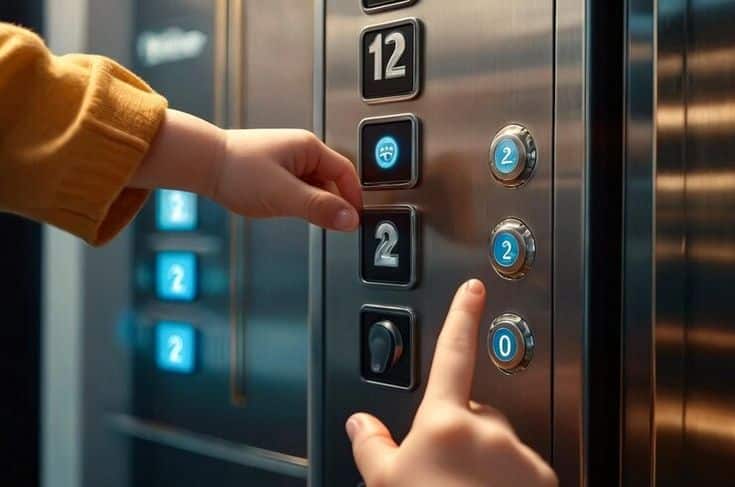
The Impact of Elevator Failures on Accessibility
Elevator malfunctions can significantly disrupt the accessibility of a building, immediately impacting those who need these services the most. Regular breakdowns could hinder individuals from moving freely within a multi-story premise, fostering frustration and dissatisfaction. Few users realize just how much they depend on these machines until they encounter a malfunction when trying to reach their destination.
For businesses, this can translate into a loss of revenue and potential legal issues arising from failure to provide necessary amenities as mandated by law. Besides, it can sever trust between the building management and its occupants or visitors, leading to negative perceptions of the space. To mitigate such risks, partnering with high-quality elevator service providers is important. Facilities can receive reliable, high-quality elevator service that anticipates needs, reducing downtime and enhancing the experience for users. Ensuring elevator reliability is a matter of convenience and a fundamental aspect of accessibility and equity.
Choosing the Right Elevator Services
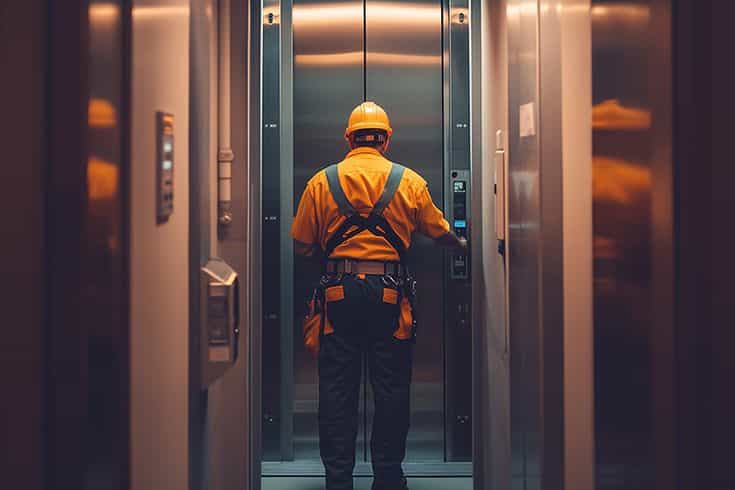
Selecting the appropriate elevator service providers is paramount to maintaining functional accessibility. Building owners should look for companies that provide installation and ongoing maintenance. Comprehensive service packages often include emergency repairs, routine check-ups, and modernization services for aging systems. The decision should rely on cost and evaluate the provider’s reputation, customer service, and available technology.
A high-quality service provider will have a transparent approach, ensuring that clients understand all facets of their contracts and maintenance agreements. It helps to consult with other property managers or review online to gather insights on the reliability and efficiency of those services. Investing time in researching and selecting a company can save substantial long-term costs and provide peace of mind for building managers.
Regular Maintenance and Inspections
Prioritizing regular elevator maintenance and inspections is critical for ensuring consistent accessibility. Routine checks can identify wear and tear before it escalates into significant issues. The frequency of inspections may depend on building usage, the elevator model, or local regulations. Safety checks typically include evaluating hoisting equipment, examining elevator doors, and checking control systems.
Property managers should budget for these assessments, as they are important in avoiding costly repairs and extended downtime. By keeping elevators in optimal condition, buildings can maintain their accessibility commitments and avoid displacing users due to sudden failures. Establishing a relationship with a proactive elevator service provider ensures that any maintenance work is performed with a focus on both safety and functionality, benefiting all users.
The Cost-Effectiveness of Elevator Services
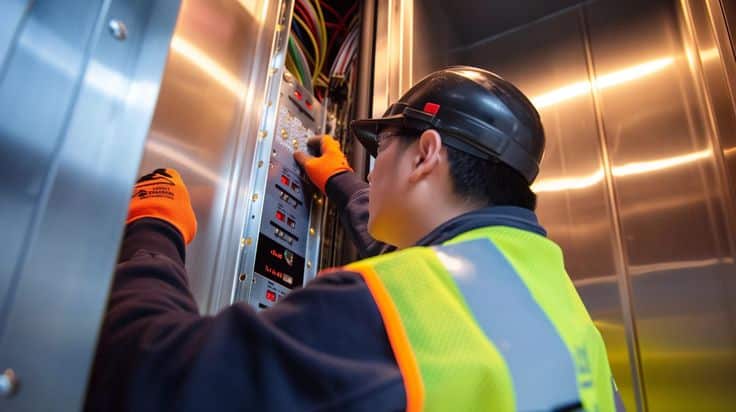
Investing in quality elevator services proves to be cost-effective in the long run. Although the initial financial outlay for installation and maintenance can appear daunting, the savings achieved through avoiding extensive repairs and user dissatisfaction far outweigh these costs. A reliable elevator service extends machinery lifespan, thereby delaying replacement investments.
Reducing elevator downtimes will create a more favorable impression on users, ensuring that foot traffic remains high. In defining cost efficiency, one must consider potential legal ramifications arising from accessibility failures, which can involve hefty fines or costly litigation. Setting aside budget provisions for elevator services ensures the building remains operationally viable and aligned with legal standards.
The Future of Elevator Technology and Accessibility
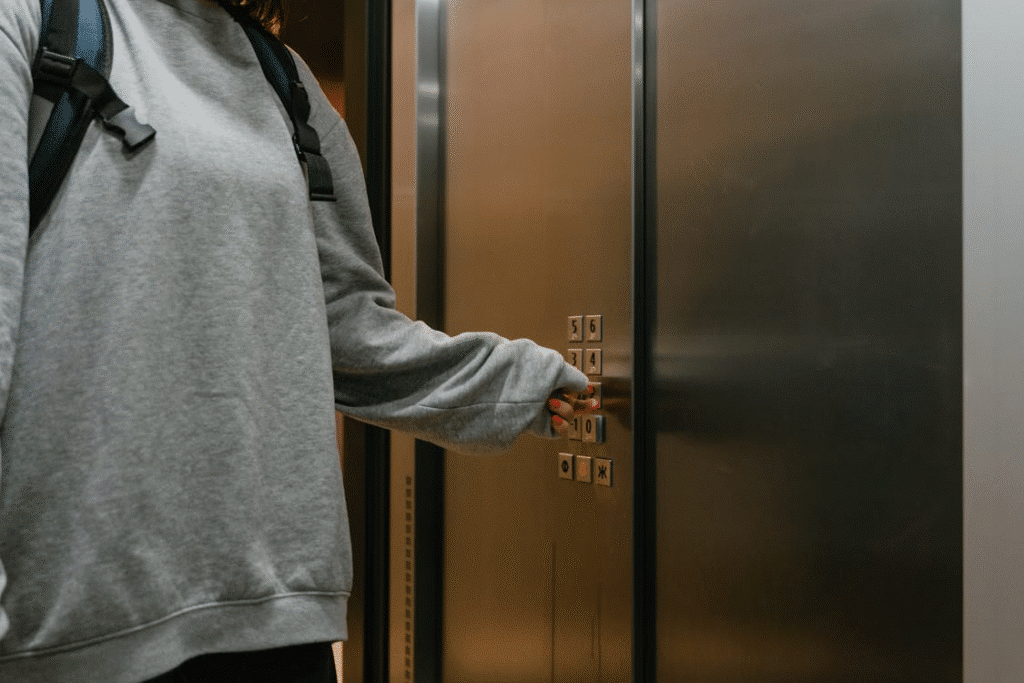
The evolution of elevator technology continues to dramatically enhance building accessibility. Recent innovations include smart elevators equipped with artificial intelligence and IoT technology for improved functionality. These advancements allow for more efficient energy use, quicker responses to service requests, and better predictive maintenance solutions. Anticipating user needs based on traffic flow can optimize waiting times and enhance the experience.
As urban environments evolve, building designs will increasingly prioritize accessibility features, pushing elevator technology to adapt continuously. Property managers must stay informed about such trends to benefit from enhanced systems, ensuring forward-thinking decisions regarding elevator services. The integration of elevators into building designs significantly supports accessibility efforts. Ensuring that elevator services are of high quality and reliability enhances user experiences and fosters inclusivity in urban environments.
From choosing the right service provider to leveraging technological advancements, building owners play a critical role in maintaining an accessible atmosphere for all. Regular maintenance, informed choices, and attention to future developments in elevator features will keep buildings welcoming and functional for everyone.
- 0shares
- Facebook0
- Pinterest0
- Twitter0



